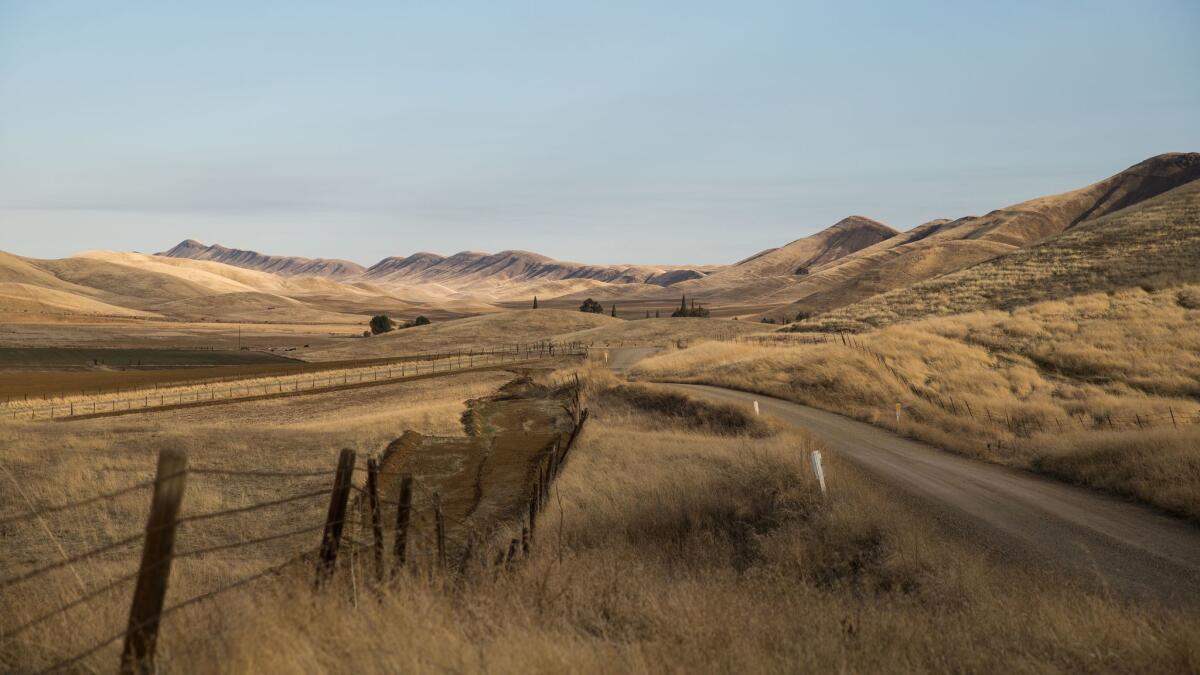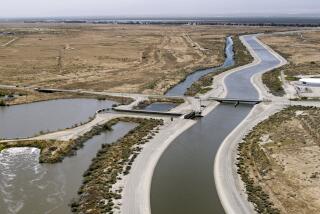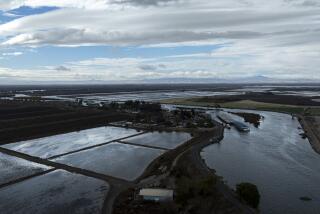Big dam proposals score low in contest for state money

Backers of new dams and other water storage projects in California slammed into a roadblock Friday when their proposals scored badly in the first round of competition for a pot of state bond money.
Whether the roadblock is temporary or permanent remains to be seen.
But the low scores for 11 different proposals are a reminder that the free flow of government money for big water projects is a thing of the past.
Whether the projects were big or little, or involved new reservoirs or groundwater facilities, none of them fully met the first set of funding criteria spelled out by the California Water Commission.
The commission is tasked with allocating the $2.7 billion earmarked for storage projects in Proposition 1, the 2014 state water bond that set specific requirements on how those funds can be spent.
The state can pay for no more than half of a project’s total cost. The state money can be used only to underwrite a project’s public benefits, such as recreation, flood control and ecosystem improvements.
And half of the state share has to pay for ecosystem improvements in the watershed of the Sacramento-San Joaquin Delta, the troubled center of California’s water system.
The state agencies that reviewed the applications for the commission concluded that backers in many cases had not documented their claims of public benefits or had failed to show their project would provide the necessary ecosystem improvements.
Backers of the proposed Temperance Flat Dam, which would rise on the upper San Joaquin River above Friant Dam, applied for $1 billion. The commission’s initial verdict: zero funding.
Proponents of the Sites Reservoir, which would store water diverted from the Sacramento River in Northern California, fared somewhat better. The commission said they were eligible for $662 million. That was still $1 billion less than they asked for.
Commission staff stressed that the public benefit scores could go up after applicants provide them with more information in coming weeks. Moreover, several other factors will figure into a project’s final score, which determines funding eligibility.
“We’re early in the process. No applicant is being removed now,” commission spokesman Chris Orrock said. The commission expects to make final decisions in July.
Project proponents said they were confident they can boost their scores.
“All the applicants figure we can do better than what they scored us,” said Jim Watson, general manager of the Sites Project Authority. “We always assumed we would have to use an appeal” to fully explain the proposal’s water management plans.
Mario Santoyo, executive director of the San Joaquin Valley Water Infrastructure Authority, likewise said that when Temperance Flat proponents go over their computer modeling with the commission staff, “we’re going to turn that around completely.”
Environmentalists said they expected some proposals — such as one to expand Los Vaqueros Reservoir in the Bay Area — would be able to improve their position in the funding line.
But Friant and Sites, they argued, will have a tough time overcoming the concerns of the state Fish and Wildlife Department, which concluded both projects could harm imperiled salmon.
“Commission staff deserves a lot of credit for taking a hard look at all the projects and making sure the public is only paying for public benefits,” said Rachel Zwillinger, water policy advisor for Defenders of Wildlife, an environmental group.
It’s not just dam proposals that stumbled in the commission review. So did proposals for groundwater storage facilities in the San Joaquin Valley and Southern California.
“It’s a little discouraging that all the projects scored” low, Watson said.
Tim Quinn, executive director of the Assn. of California Water Agencies, said he was astounded at the “stark differences” between the commission’s analysis and the applicants’.
“Those projects were put together with care,” he said. “I know the value of storage. And a number of them ought to get built.”
But he acknowledged the difficulty of achieving Proposition 1’s twin goals, as outlined in the legislative language that put the measure before California voters: Fund both water supply and ecosystem improvements.
“We wanted to design and construct infrastructure in a different way, not just for water supply,” Quinn said. “It’s a hard thing to do.”
Twitter: @boxall
More to Read
Start your day right
Sign up for Essential California for news, features and recommendations from the L.A. Times and beyond in your inbox six days a week.
You may occasionally receive promotional content from the Los Angeles Times.







